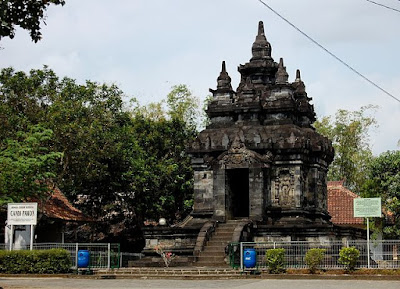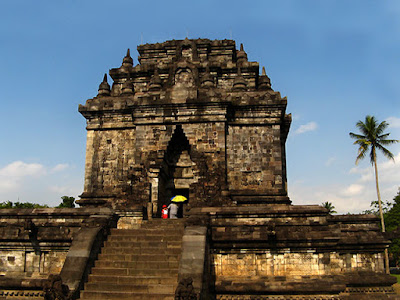THE PAWON TEMPLE IN CENTRAL JAVA

Image by Wibowo Djatmiko (Wie146) - Own work, CC BY-SA 3.0 Besides Borobudur and Mendut, Pawon temple is one of the precious relics in Magelang Regency, Central Java. Pawon temple is quite small and it is situated in the settlement area of the village. According to some sources of information, this temple was built in the 8th century. In the days of ancient Mataram kingdom, Pawon temple still functioned as the sacred place of worship. Nowadays, it still takes part in Vesak festival. In old Javanese language, pawon means ash. People say that this temple was used for keeping the ashes of king Indra, his ancestors and king Samaratungga in Syailendra dynasty. The temple that is also called Brajanalan is considered to be the place for keeping the thunder god’s weapon. Brajanalan is the Sanskrit word and has become the name of the village where Pawon temple is situated in. Pawon temple was built in the combination of Javanese Hinduism and Indian architectural style. It ...

